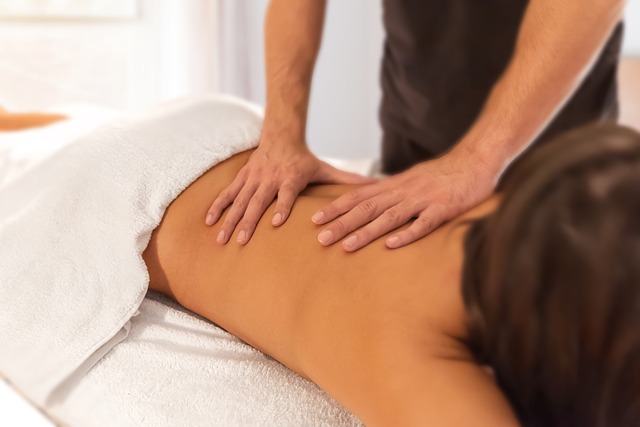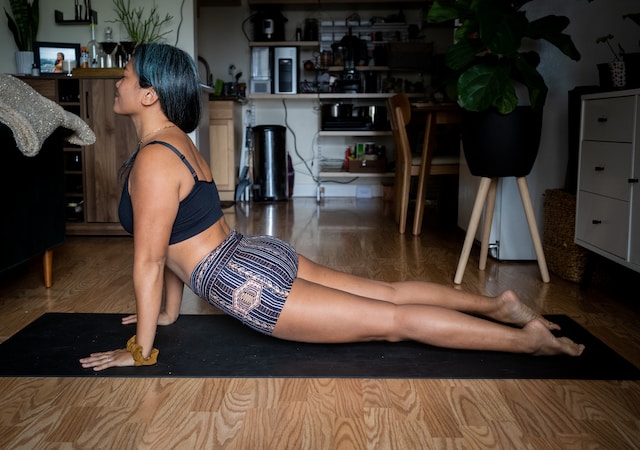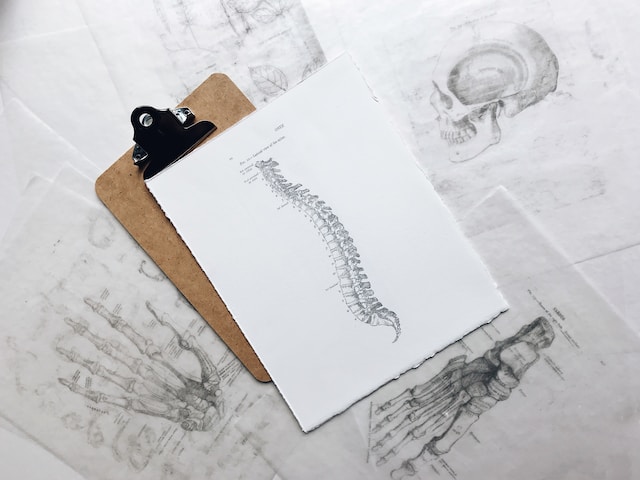Introduction:
Hip, pelvic, and lower back pain are common complaints among adults, with several underlying causes. The pain can be a result of injuries, overuse, or degenerative conditions. If left untreated, the pain can become chronic and significantly impact the quality of life. In this article, we’ll explore the causes, symptoms, and treatment options for hip, pelvic, and lower back pain.
Causes of Hip, Pelvic, and Lower Back Pain
- Injuries: Sports injuries, falls, and accidents can lead to hip, pelvic, and lower back pain. Fractures, dislocations, and sprains can cause acute pain, swelling, and immobility.
- Arthritis: Arthritis is a degenerative condition that affects the joints, including those in the hip, pelvis, and lower back. Osteoarthritis is the most common type of arthritis, and it causes the cartilage in the joints to wear down, resulting in pain and stiffness.
- Herniated Disc: A herniated disc occurs when the soft tissue between the spinal bones slips out of place and presses on the nerves, causing pain in the lower back and hips.
- Sciatica: Sciatica is a condition where the sciatic nerve, which runs from the lower back to the legs, becomes compressed or irritated, causing pain in the hips and lower back.
- Pregnancy: Pregnant women may experience hip, pelvic, and lower back hip pelvic pain due to the added weight and pressure on the joints and muscles.
- Poor Posture: Poor posture can lead to muscle imbalances, resulting in pain in the lower back, hips, and pelvis.
Symptoms of Hip, Pelvic, and Lower Back Pain
- Pain and discomfort in the hips, pelvis, and lower back.
- Stiffness and reduced mobility.
- Numbness or tingling in the legs.
- Muscle weakness in the affected area.
- Pain that worsens with activity or prolonged sitting or standing.
Diagnosis of Hip, Pelvic, and Lower Back Pain
If you’re experiencing hip, pelvic, or lower back pain, your doctor may perform a physical exam and order imaging tests such as X-rays, MRI, or CT scan. The doctor may also perform blood tests to rule out underlying conditions such as arthritis.
Treatment Options for Hip, Pelvic, and Lower Back Pain
- Medications: Over-the-counter pain relievers such as acetaminophen or nonsteroidal anti-inflammatory drugs (NSAIDs) can help alleviate pain and reduce inflammation.
- Physical Therapy: Physical therapy and massage can help improve flexibility, strength, and mobility in the affected area.
- Surgery: Surgery may be recommended in severe cases where conservative treatments have failed. Hip replacement, spinal fusion, and laminectomy are some of the surgical options for hip, pelvic, and lower back pain.
- Lifestyle Modifications: Making changes to your lifestyle such as losing weight, maintaining good posture, and avoiding prolonged sitting or standing can help alleviate hip, pelvic, and lower back pain.

Conclusion
Hip, pelvic, and lower back pain can be debilitating and affect your quality of life. If you’re experiencing pain in these areas, it’s essential to seek medical attention to determine the underlying cause and get appropriate treatment. With proper care and lifestyle modifications, you can manage hip, pelvic, and lower back pain and improve your overall well-being.
Prevention of Hip, Pelvic, and Lower Back Pain
Preventing hip, pelvic, and lower back pain involves making changes to your lifestyle to reduce the risk of injury and strain. Here are some tips:
- Exercise regularly: Exercise can help improve flexibility, strengthen the muscles, and improve posture. Low-impact exercises like swimming, yoga, and walking are great for reducing stress on the joints.
- Maintain a healthy weight: Excess weight can put additional stress on the joints, leading to pain and discomfort. Losing weight can help reduce the risk of hip, pelvic, and lower back pain.
- Practice good posture: Poor posture can lead to muscle imbalances, resulting in pain in the lower back, hips, and pelvis. Maintaining good posture while sitting, standing, and walking can help alleviate pain and reduce the risk of injury.
- Lift objects properly: Lifting heavy objects improperly can strain the muscles and cause injury. When lifting objects, bend at the knees and keep your back straight.
- Avoid prolonged sitting or standing: Prolonged sitting or standing can put pressure on the joints and lead to pain and discomfort. Take frequent breaks and stretch to reduce the risk of hip, pelvic, and lower back pain.

When to Seek Medical Attention
If you’re experiencing hip, pelvic, or lower back pain, it’s important to seek medical attention if:
- The pain is severe and persistent
- The pain is accompanied by swelling, redness, or warmth in the affected area
- You experience numbness or tingling in the legs
- You have trouble walking or standing
- You have a fever, chills, or other signs of infection
Conclusion
Hip, pelvic, and lower back pain can be caused by several underlying conditions, including injuries, arthritis, and herniated discs. If you’re experiencing pain in these areas, it’s essential to seek medical attention to determine the underlying cause and get appropriate treatment. By making lifestyle modifications, such as exercising regularly, maintaining good posture, and avoiding prolonged sitting or standing, you can reduce the risk of hip, pelvic, and lower back pain. Remember, prevention is key, and taking care of your body can help improve your overall well-being.
